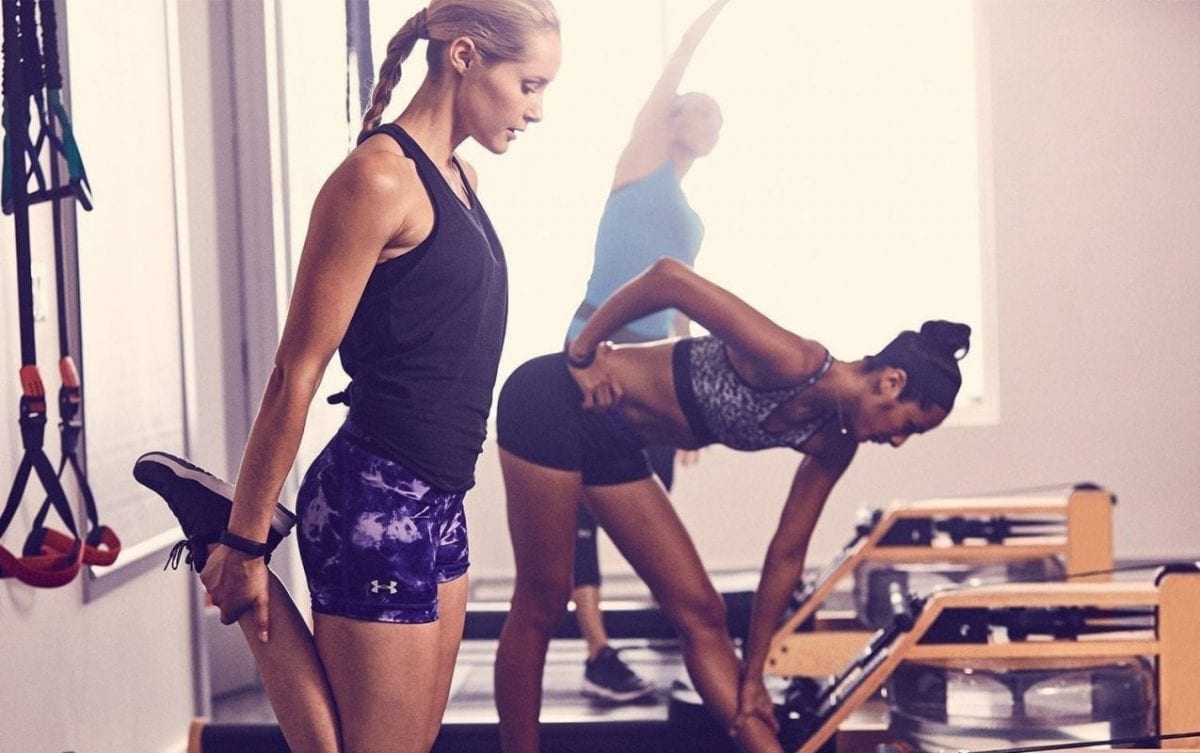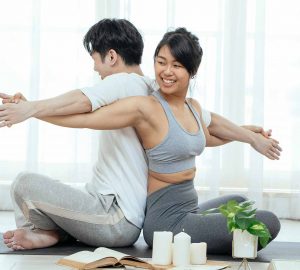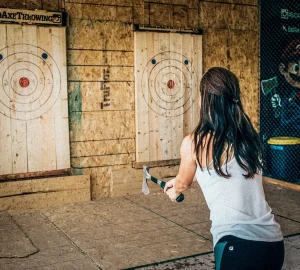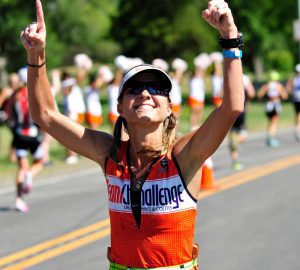There was a time when people exercised they would show up, exercise, and leave. With the rise of sports medicine and science, workouts are becoming a way of life. Pre and post workout routines and even sleep habits are known to have substantial effects on your progress. After your workout, a proper meal and stretching are crucial to a better recovery. Remember to check with a medical professional before starting any new workout and even stretching muscles can cause injury. Here are some stretches for your post-workout routine.
1. Runner’s Lunge
The Runner’s lunge is a great way to stretch your lower back and hips to help your body recover from your workout. This stretch is easy to perform, and you need no special equipment for this or any of the other stretches recommended. To begin, get in a plank position with your hands placed straight down under your shoulders. Next, put your right foot forward to the outside edge of your mat if you have one next to your hand.let your back and hips lower to the ground, breathe in and hold for 30 seconds, then repeat for the other side. Here is a short video demonstration.
2. Calf Raises
Calf tightening can lead to several problems, including shin splints, knee pain, and impaired walking, so keeping the calves stretched is crucial. To perform a proper calf raise, place your hands against a wall or other sturdy object straightforward for balance, raise your heels as far as you can comfortably raise them to your tiptoes, hold briefly for one or two seconds then relax back down and repeat five to ten times. While a calf raise is simple, it is still wise to make sure you are doing it correctly.
3. Hamstring
Hamstrings are tendons at the back of the thighs that attach the large thigh muscle to the bone. People also refer to the muscle group running from hip to knee as hamstring muscles. If you do not adequately stretch before and after, it can impair walking ability later and into the next day. To extend your hamstring, first, lie on the floor feet outstretched and arms to the side. Lift one leg on the air, with your hands, pull on your thigh toward your chest, next you lift your lower leg toward the ceiling keeping both legs straight and one leg pointing upward. Hold the position for five to ten seconds then switch. This is one of the more natural stretches to perform when done properly.
4. Triceps Stretch
This arm stretch can be done anywhere, sitting or standing and is a great way to stretch out many muscle groups at once. You can stretch out your shoulders, arms and upper back by lifting one arm above your head and forcing it down your back as far as you can pull it. Reach your arms over your head with fingers interlaced. Next, extend your arms and have palms facing the ceiling. Exhale and hold this stretch for up to 20 seconds for a full stretch.
5. Upward Dog
Upward facing dog is a prone backbend, what this means is you start by facing down with your stomach toward the floor, feet hip-width apart. Push back your legs to a stretch with your toes tucked in and then stretch your heels to lengthen the backs of your legs. Arch your back and push forward raising your head. Finally, return your toes to the original position with your feet rested on the floor.
6. Cool Down
While not really a stretch, most people will naturally cool down a moment after exercising. A quick shower and clothes change are enough. Immediately after a workout, you do not want to become sedentary for about five to ten minutes to keep the muscles loose. A lit of walking around, moving your arms is plenty. After this, it is a good idea to rest a bit to recover.
Hopefully, during your workout, you plan for a proper warm up and cool down whenever possible. Also, remember to stay properly hydrated. Perhaps an even more significant factor than stretching to avoid muscle cramps and stiffness is hydration. Finally, remember to have a meal a short time later. There is no need to eat a massive, high carb meal some studies have shown this can do more harm than good, but a nice piece of fruit, some nuts, and a glass of water is enough to refuel after your workout.
AUTHOR BIO
Brian Baxter
As an athlete, coach, parent, and sport psychology consultant with over 20 years experience in youth sports, I created BaxterSports to continue my work and provide a great environment for athletes to learn and grow in all aspects of life.










